Biomedical Engineering is a fascinating realm where technology meets healthcare. It offers students a unique opportunity to contribute to advancements in medicine. One captivating aspect of this field is medical imaging, a powerful tool that plays a pivotal role in diagnostics and treatment. Here, we will explore the world of medical imaging, exploring its significance, applications, and the exciting prospects it holds for aspiring biomedical engineers. Also, find out the top university in Haryana where you can pursue this career program.
Biomedical Engineering: A Comprehensive Overview
Biomedical Engineering is an interdisciplinary field that combines principles from engineering, biology, and medicine to develop innovative solutions for healthcare challenges. It seamlessly integrates technology with medical science, creating a dynamic landscape for students to explore and contribute to the betterment of healthcare.
The Importance of Medical Imaging
Medical imaging is a cornerstone of modern healthcare, enabling clinicians to visualize and understand the intricacies of the human body. This technology has revolutionized diagnostics, allowing for non-invasive examination and early detection of diseases. From X-rays and CT scans to MRIs and ultrasounds, medical imaging techniques provide valuable insights that aid healthcare professionals in making informed decisions regarding patient care.
Applications of Medical Imaging:
-
X-rays:
Widely used for bone imaging.
It is essential in detecting fractures, dental issues, and chest conditions.
-
Computed Tomography (CT) Scan:
Produces detailed cross-sectional images.
Valuable for diagnosing internal injuries, tumors, and cardiovascular conditions.
-
Magnetic Resonance Imaging (MRI):
Utilizes strong magnetic fields and radio waves.
Ideal for imaging soft tissues like the brain, muscles, and joints.
-
Ultrasound:
Non-invasive and radiation-free.
Commonly used in obstetrics, cardiology, and abdominal imaging.
-
Nuclear Medicine:
Involves the use of radioactive tracers.
Beneficial for studying organ function and detecting diseases at a cellular level.
The Impact of Medical Imaging
Medical imaging has significantly improved patient outcomes by enhancing diagnostic accuracy and enabling personalized treatment plans. For instance, early cancer detection through imaging has resulted in higher survival rates. Moreover, it has streamlined surgical procedures, reducing invasiveness and postoperative recovery times. If you are interested in pursuing a career in medical imaging, you can take up a career program in biomedical engineering at the top university in Haryana.
Some Interesting Statistics on Medical Imaging
- Globally, the World Health Organization (WHO) found that approximately 3.6 billion X-ray examinations are performed each year.
- The American College of Radiology reports that CT scans have increased by 30% in the last decade, emphasizing the growing reliance on advanced imaging techniques.
- MRI usage has risen steadily, with over 40 million procedures conducted annually in the United States alone (source: Radiological Society of North America).
- According to Grand View Research, the increasing prevalence of chronic diseases and the demand for non-invasive diagnostic tools are driving the projection that the global ultrasound market will reach USD 8.5 billion by 2024.
Biomedical Engineering at SRM University, Delhi-NCR
For students aspiring to venture into the realm of biomedical engineering, SRM University Delhi-NCR, recognized as one of the best engineering universities in North India provides a conducive environment for academic excellence. SRM University Delhi-NCR designs its curriculum to provide students with a strong foundation in engineering principles, coupled with specialized knowledge in biomedical applications.
Conclusion
Biomedical engineering in India, with a particular focus on medical imaging, offers a promising avenue for students seeking to make a meaningful impact on healthcare. The constant evolution of imaging technologies and their profound contributions to diagnostics highlight the dynamic nature of this field. As future biomedical engineers, students at SRMUH, the top university in Haryana, have the opportunity to leverage cutting-edge technologies to improve patient outcomes and contribute to the advancement of medical science.







viagra nhs prescription An important step would be the extension of this approach from patients with dilated cardiomyopathy, in some of whom cardiac recovery after LVAD support has been demonstrated, to those with ischemic cardiomyopathy, a much more common condition